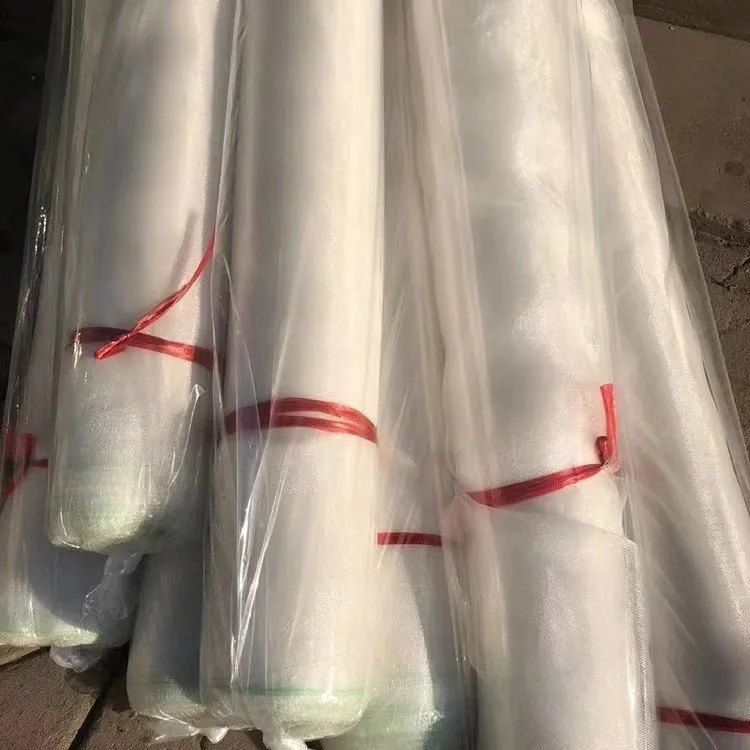-
 Afrikaans
Afrikaans -
 Albanian
Albanian -
 Amharic
Amharic -
 Arabic
Arabic -
 Armenian
Armenian -
 Azerbaijani
Azerbaijani -
 Basque
Basque -
 Belarusian
Belarusian -
 Bengali
Bengali -
 Bosnian
Bosnian -
 Bulgarian
Bulgarian -
 Catalan
Catalan -
 Cebuano
Cebuano -
 China
China -
 Corsican
Corsican -
 Croatian
Croatian -
 Czech
Czech -
 Danish
Danish -
 Dutch
Dutch -
 English
English -
 Esperanto
Esperanto -
 Estonian
Estonian -
 Finnish
Finnish -
 French
French -
 Frisian
Frisian -
 Galician
Galician -
 Georgian
Georgian -
 German
German -
 Greek
Greek -
 Gujarati
Gujarati -
 Haitian Creole
Haitian Creole -
 hausa
hausa -
 hawaiian
hawaiian -
 Hebrew
Hebrew -
 Hindi
Hindi -
 Miao
Miao -
 Hungarian
Hungarian -
 Icelandic
Icelandic -
 igbo
igbo -
 Indonesian
Indonesian -
 irish
irish -
 Italian
Italian -
 Japanese
Japanese -
 Javanese
Javanese -
 Kannada
Kannada -
 kazakh
kazakh -
 Khmer
Khmer -
 Rwandese
Rwandese -
 Korean
Korean -
 Kurdish
Kurdish -
 Kyrgyz
Kyrgyz -
 Lao
Lao -
 Latin
Latin -
 Latvian
Latvian -
 Lithuanian
Lithuanian -
 Luxembourgish
Luxembourgish -
 Macedonian
Macedonian -
 Malgashi
Malgashi -
 Malay
Malay -
 Malayalam
Malayalam -
 Maltese
Maltese -
 Maori
Maori -
 Marathi
Marathi -
 Mongolian
Mongolian -
 Myanmar
Myanmar -
 Nepali
Nepali -
 Norwegian
Norwegian -
 Norwegian
Norwegian -
 Occitan
Occitan -
 Pashto
Pashto -
 Persian
Persian -
 Polish
Polish -
 Portuguese
Portuguese -
 Punjabi
Punjabi -
 Romanian
Romanian -
 Russian
Russian -
 Samoan
Samoan -
 Scottish Gaelic
Scottish Gaelic -
 Serbian
Serbian -
 Sesotho
Sesotho -
 Shona
Shona -
 Sindhi
Sindhi -
 Sinhala
Sinhala -
 Slovak
Slovak -
 Slovenian
Slovenian -
 Somali
Somali -
 Spanish
Spanish -
 Sundanese
Sundanese -
 Swahili
Swahili -
 Swedish
Swedish -
 Tagalog
Tagalog -
 Tajik
Tajik -
 Tamil
Tamil -
 Tatar
Tatar -
 Telugu
Telugu -
 Thai
Thai -
 Turkish
Turkish -
 Turkmen
Turkmen -
 Ukrainian
Ukrainian -
 Urdu
Urdu -
 Uighur
Uighur -
 Uzbek
Uzbek -
 Vietnamese
Vietnamese -
 Welsh
Welsh -
 Bantu
Bantu -
 Yiddish
Yiddish -
 Yoruba
Yoruba -
 Zulu
Zulu
Understanding the Benefits and Applications of Welded Wire Fabric in Construction
Understanding Welded Wire Fabric An Essential Construction Material
Welded wire fabric (WWF), often referred to as welded wire mesh, is a vital component in the construction industry. This material is composed of a series of wire strands arranged in a grid pattern, which are then welded at the intersections to create a robust and stable structure. WWF is widely used in various applications due to its many advantages over traditional reinforcement methods.
One of the primary benefits of welded wire fabric is its strength and durability. The welding process enhances the structural integrity of the mesh, making it an ideal choice for reinforcing concrete structures. When embedded in concrete, WWF provides excellent tensile and compressive strength, helping to prevent cracking and ensuring the longevity of the structure. This characteristic is particularly important in large-scale construction projects, such as bridges, parking garages, and industrial buildings, where the integrity of the structure is paramount.
Moreover, welded wire fabric offers significant ease of installation. Compared to traditional rebar, which often requires careful tying and placement, WWF can be easily rolled out and cut to size on-site. This streamlined installation process not only saves time but also reduces labor costs, making it a more economical option for contractors and builders. The uniform spacing of the wires in the mesh ensures even distribution of load, which further simplifies the construction process.
welded wire fabric

In addition to its practical benefits, welded wire fabric is also highly versatile. It can be manufactured in various sizes, configurations, and wire diameters, allowing it to be tailored to meet the specific needs of different construction projects. From thin meshes used in residential floors to heavier gauges for industrial applications, WWF can accommodate a wide range of specifications. This adaptability makes it suitable for both new constructions and renovations, as well as for different types of concrete, including slabs, walls, and pavements.
Environmental considerations are becoming increasingly important in construction practices, and welded wire fabric is no exception. Many manufacturers now produce WWF using recycled materials, which helps to reduce the overall carbon footprint of construction projects. Moreover, the longevity of structures reinforced with WWF means that less frequent repairs or replacements are needed, contributing to sustainability in the built environment.
Welded wire fabric is not only limited to concrete reinforcement. Its applications extend to other areas, such as fencing, animal enclosures, and even architectural designs. In landscaping, WWF can be used to create decorative features or as a supporting structure for plant growth. The mesh can also be combined with other materials to enhance its functionality, such as being coated with plastic for corrosion resistance in harsh environments.
In conclusion, welded wire fabric is an essential construction material that offers a blend of strength, versatility, and ease of use. Its applications in reinforcing concrete structures, along with its potential environmental benefits, make it a popular choice among builders and contractors. As the construction industry continues to evolve, the demand for reliable and efficient materials like WWF is likely to increase, solidifying its role in modern construction practices. For those involved in construction or renovation projects, understanding and utilizing welded wire fabric is key to achieving high-quality and sustainable results.
-
Shipping Plastic Bags for Every NeedNewsJul.24,2025
-
Safety Netting: Your Shield in ConstructionNewsJul.24,2025
-
Plastic Mesh Netting for Everyday UseNewsJul.24,2025
-
Nylon Netting for Every UseNewsJul.24,2025
-
Mesh Breeder Box for Fish TanksNewsJul.24,2025
-
Expanded Steel Mesh Offers Durable VersatilityNewsJul.24,2025











